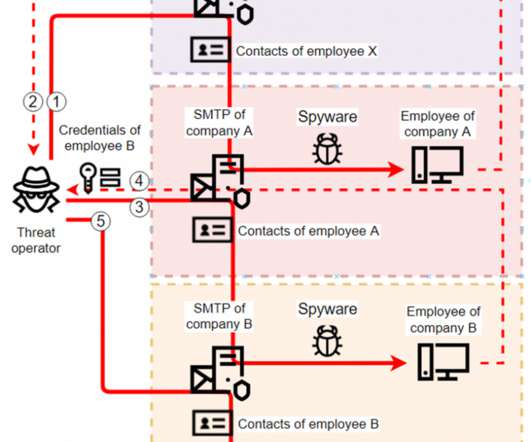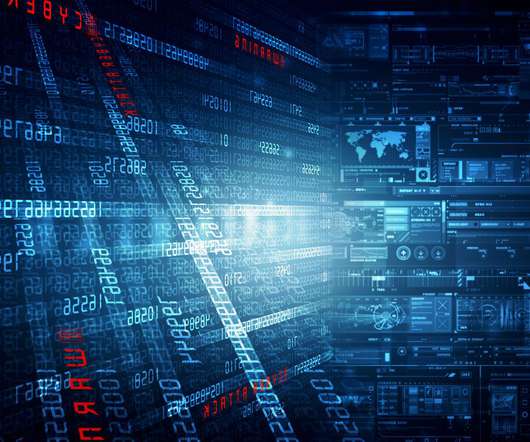2024 State of Cybersecurity: Reports of More Threats & Prioritization Issues
eSecurity Planet
MAY 2, 2024
Fortunately, vendor surveys identify five key cybersecurity threats to watch for in 2024: compromised credentials, attacks on infrastructure, organized and advanced adversaries, ransomware, and uncontrolled devices. 50,000 DDoS attacks on public domain name service (DNS) resolvers. 20,551 gambling industry attacks.












Let's personalize your content